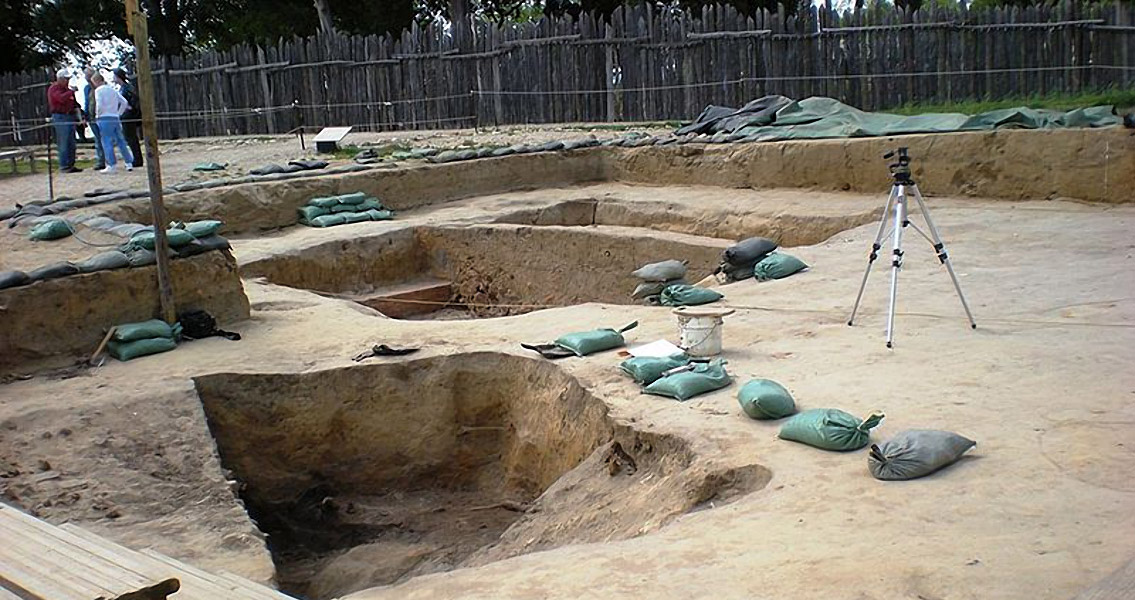<![CDATA[The return of warmer weather means the return of archaeologists to the Jamestown Rediscovery Project, where they have already made significant progress at the excavation site of a cellar located just outside of the original fort. Progress in this case comes in the form of unusual and informative finds. Their most recent discovery is no exception. When initially unearthed, the oddly shaped metal artifact was described (in technical jargon) as a semi-circle with a squiggly line in it. Due to its frail nature, archaeologists had to create a supporting layer of soil - a pedestal of sorts - underneath the object in order to remove it without damage. The find was then transported to a lab so researchers could begin the process of identifying it. As it turns out, the mysterious object was a lot less mysterious than originally thought, and commonly used by settlers at the fort – a cooking grill. It’s now believed by the archaeologists on site that the object is one half of an iron grill which would have typically been used for everyday baking and cooking. During the fort’s early days, settlers survived primarily by consuming the native fauna and flora, which would have necessitated a grill like the one found. It would have been used to cook all manner of available food. In its current state the artifact lies flat, but it likely had legs at one time which allowed it to be placed over a fire, holding some sort of cooking pot on its surface. One fragment from a cooking pot that was discovered in 2009 at the fort does in fact have cooking marks on the bottom that appear to be from a similar grill. Determining how those marks line up with this grill is something researchers are currently working on. With the grill identified, experts will begin the painstaking and lengthy process of cleaning and preserving it, while archaeologists in the field continue to search for metal fragments. The identification however, has lead archaeologists to wonder – if cooking grills like the one just excavated were commonly used, why have so few of them been found? The leading theory maintains that the grills were so durable and so useful they were rarely discarded, and if a grill ever did break, the settlers would likely have repurposed the metal rather than throw it away. The focus of recent excavations, the cellar has been the source of a variety of intriguing artifacts. Like other cellars located in and around the fort, the settlers filled it with all kinds of trash and debris after its usefulness as a structure ended. The result is a cache of artifacts of particular interest to archaeologists studying the consumption habits and material culture of a particular period of time. To date, the research team has been working through layers of what they refer to as “filler”, items which were simply thrown in once the cellar was abandoned. They reached what is referred to as the “occupation” layer only recently. This layer is composed of items which would have been left on the floor of the cellar during its use, as opposed to the filler items which were simply tossed in. The grill is believed to have been retrieved from one of the bottom filler layers, what will be discovered in the occupation layer is still a mystery. ]]>
Intriguing Iron Artifact from a Jamestown Cellar
